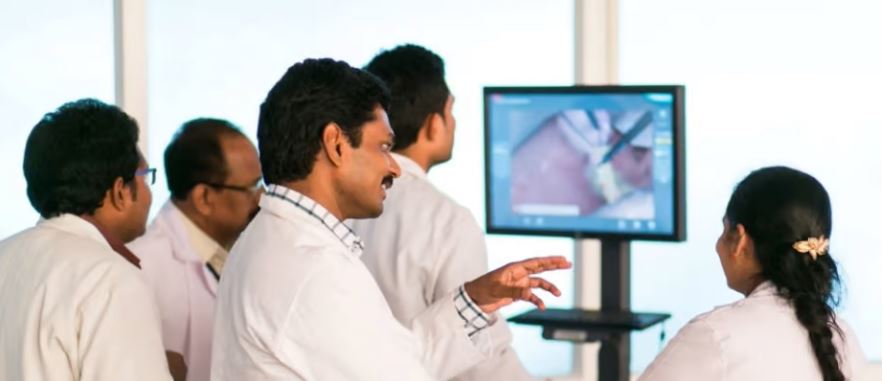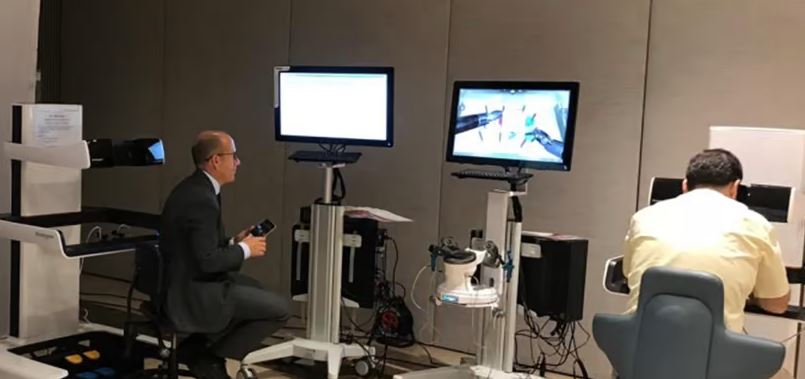公司规模
Large Corporate
地区
- America
国家
- United States
产品
- Vectra AI
技术栈
- Artificial Intelligence
- Machine Learning
实施规模
- Enterprise-wide Deployment
影响指标
- Productivity Improvements
- Digital Expertise
技术
- 分析与建模 - 机器学习
- 分析与建模 - 大数据分析
适用行业
- 教育
适用功能
- 离散制造
- 质量保证
用例
- 预测性维护
- 网络安全
服务
- 数据科学服务
关于客户
客户是一所大学,活跃用户群有 50,000 到 60,000 人。他们的目录中有数十万人,包括校友和兼职教师。该大学拥有大约 700 台服务器和数百个应用程序。他们不是一个大型机构,但也不小。他们需要检查大量流量,他们以前使用的是开源监控工具。然而,这些工具需要大量工作来维护和利用。
挑战
该大学正在寻找一种需要更少定制和更多商业现成功能的解决方案。他们希望他们的团队专注于保护大学,而不是升级定制软件。他们需要一种解决方案,可以检查和查找其南北和东西流量中的恶意、滥用或其他类型的禁止行为。该解决方案需要能够区分正常事件和异常事件。该大学还希望检测特权帐户的问题,因为他们的用户范围从低权限的普通用户到具有高级别权限的管理员。
解决方案
该大学选择实施 Vectra AI,因为它需要的定制更少,更像是一种现成的商业解决方案。Vectra AI 使用网络人工智能和机器学习来检查流量并查找恶意、滥用或其他类型的违禁行为。它还提供特权帐户分析来检测特权帐户的问题。该解决方案可以大规模捕获网络元数据,并用安全信息丰富它,提前提供背景信息,帮助大学确定优先级。该解决方案还提供对网络攻击整个生命周期行为的可见性,而不仅仅是互联网网关。这使大学的安全运营更加有效。
运营影响
数量效益

Case Study missing?
Start adding your own!
Register with your work email and create a new case study profile for your business.
相关案例.

Case Study
Revolutionizing Medical Training in India: GSL Smart Lab and the LAP Mentor
The GSL SMART Lab, a collective effort of the GSL College of Medicine and the GSL College of Nursing and Health Science, was facing a challenge in providing superior training to healthcare professionals. As clinical medicine was becoming more focused on patient safety and quality of care, the need for medical simulation to bridge the educational gap between the classroom and the clinical environment was becoming increasingly apparent. Dr. Sandeep Ganni, the director of the GSL SMART Lab, envisioned a world-class surgical and medical training center where physicians and healthcare professionals could learn skills through simulation training. He was looking for different simulators for different specialties to provide both basic and advanced simulation training. For laparoscopic surgery, he was interested in a high fidelity simulator that could provide basic surgical and suturing skills training for international accreditation as well as specific hands-on training in complex laparoscopic procedures for practicing physicians in India.

Case Study
IoT platform Enables Safety Solutions for U.S. School Districts
Designed to alert drivers when schoolchildren are present, especially in low-visibility conditions, school-zone flasher signals are typically updated manually at each school. The switching is based on the school calendar and manually changed when an unexpected early dismissal occurs, as in the case of a weather-event altering the normal schedule. The process to reprogram the flashers requires a significant effort by school district personnel to implement due to the large number of warning flashers installed across an entire school district.

Case Study
Implementing Robotic Surgery Training Simulator for Enhanced Surgical Proficiency
Fundacio Puigvert, a leading European medical center specializing in Urology, Nephrology, and Andrology, faced a significant challenge in training its surgical residents. The institution recognized the need for a more standardized and comprehensive training curriculum, particularly in the area of robotic surgery. The challenge was underscored by two independent studies showing that less than 5% of residents in Italian and German residency programs could perform major or complex procedures by the end of their residency. The institution sought to establish a virtual reality simulation lab that would include endourological, laparoscopic, and robotic platforms. However, they needed a simulator that could replicate both the hardware and software of the robotic Da Vinci console used in the operating room, without being connected to the actual physical console. They also required a system that could provide both basic and advanced simulation training, and a metrics system to assess the proficiency of the trainees before they performed surgical procedures in the operating theater.

Case Study
Edinburgh Napier University streamlines long-distance learning with Cisco WebEX
• Geographically dispersed campus made in-person meetings costly and inconvenient.• Distance-learning programs in Malaysia, India, and China required dependable, user-friendly online tools to maximize interaction in collaborative workspaces.• Virtual learning environment required a separate sign-in process, resulting in a significant administrative burden for IT staff and limited adoption of collaboration technology.

Case Study
8x increased productivity with VKS
Before VKS, a teacher would spend a lot of time showing a group of 22 students how to build a set of stairs within a semester of 120 hours. Along with not leaving the teacher much time to provide one-on-one support for each student to properly learn carpentry, it also left a considerable amount of room for error. Key information would be misinterpreted or lost as the class was taught in the typical show-and-tell way.

Case Study
Scalable IoT Empowering GreenFlex's Sustainable Growth
GreenFlex, a company that supports sustainable development, decarbonization, and energy efficiency, faced several challenges in its quest to expand its business. The company needed to deploy a robust and sustainable IoT technology to support its growth. It was crucial for them to monitor and control devices at customer sites in a safe and reliable manner. They also needed to integrate devices across a range of communication protocols and gather and act on data to meet efficiency targets. GreenFlex had previously built IoT capabilities into its digital platform, GreenFlexIQ, to monitor and manage customer sites remotely. However, they soon realized that they needed a new platform to support their ambitions. They needed a platform that could scale to connect more devices for production management and make it easier for the operations team to manage devices in the field.







